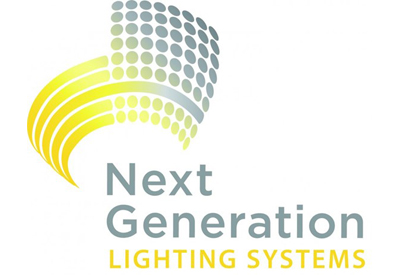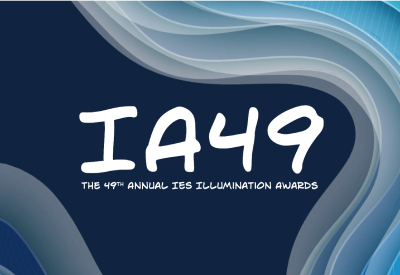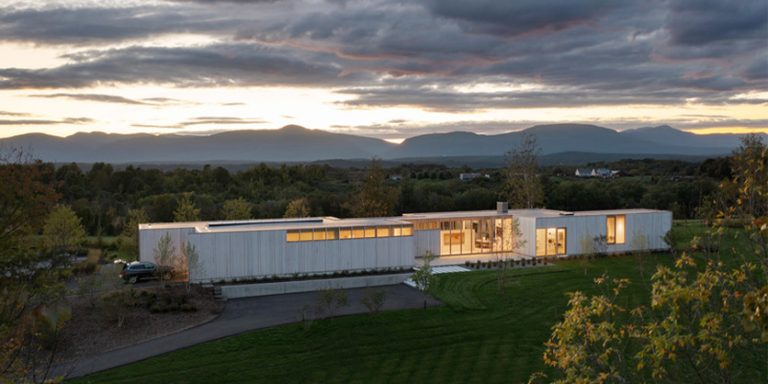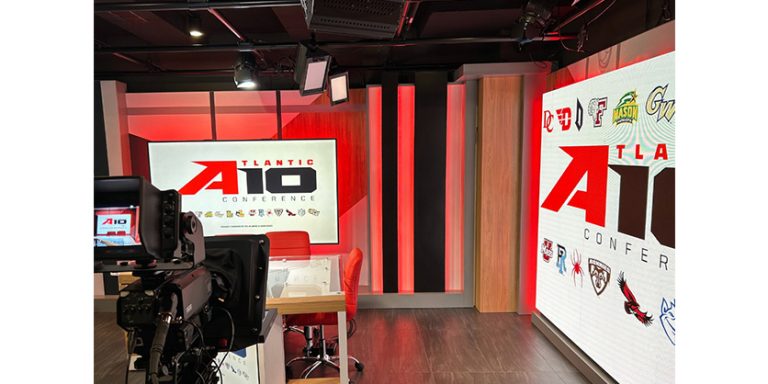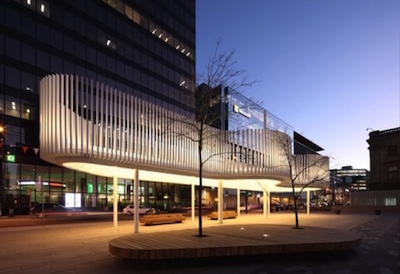Automated Distribution Centre Receives 2020 Lighting Control Innovation Award of Merit
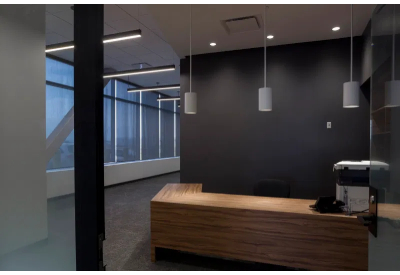
May 26, 2021
By Lighting Controls Association
The Lighting Control Innovation Award was created in 2011 as part of the Illuminating Engineering Society’s Illumination Awards program, which recognizes professionalism, ingenuity and originality in lighting design. LCA is proud to sponsor the Lighting Control Innovation Award, which recognizes projects that exemplify the effective use of lighting controls in nonresidential applications.
This month, we explore a dynamic lighting controls installation at an automated distribution center in Ontario. Lighting control design by Hammerschlag and Joffe Inc. Photography by Terri Nowik, Light Monkeys.
The design team was presented multiple objectives for this 200,000 sq.ft. pharmaceutical Distribution Centre renovation, including fitting out a class A 10,000 sq.ft. office for executives and employees.
Main objectives include selecting fixtures that suit their environment (including adhering to all Health Canada requirements for all areas when storing pharmaceuticals/narcotics), and providing full dimming/occupancy/daylight sensing capabilities for all area types, while maintaining the upscale look for the office portion The project include a variety of different types areas within the warehouse, including manual pick stations, 37’ high racking aisles, large scale coolers and freezers, and Class 11 narcotics Vault. Each area operates differently, and has different lighting/control requirements. Each warehouse luminaire is equipped with a motion/daylight sensor, wireless ZigBee communication, and graphical software that has a heat map, which the owner will utilize to further optimize their operation once the conveyance is fully installed.
{loadposition slideShow44}
Every area is optimized for lighting savings. In the warehouse aisles, once motion is detected at the first light, the entire row of fixtures in that aisle is illuminated. In the freezer areas, the luminaire dims down after 5 minutes of inactivity, as the amount of people entering the freezer area is substantially less than the rest of the facility. In the office areas, each fixture is individually addressable via a wireless module. There are daylight sensors throughout all daylight areas, to dim all cafeterias, offices and reception areas according to OBC. Meeting/Conference rooms have vacancy sensors and wall mounted touch screens with A/V interfaces. The open office areas are also specifically zoned to dim/illuminate based on the current workforce required (different operating schedules). Due to sensitive information, a separate lighting LAN network was constructed for the Wireless antennae. Approximately one antenna per 10,000 sq. ft. were installed, reducing the overall labor component of the installation.

